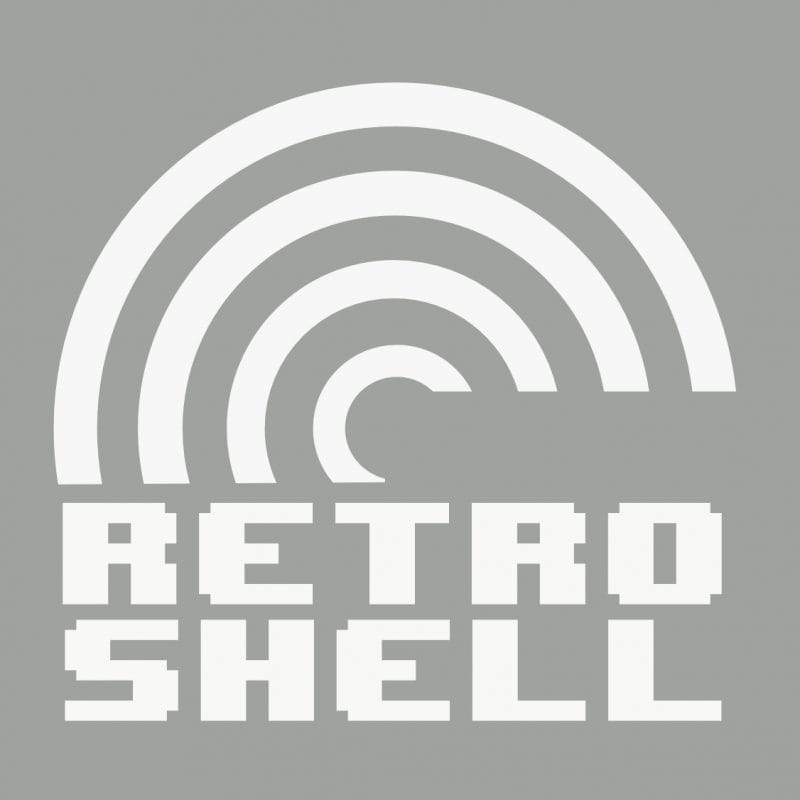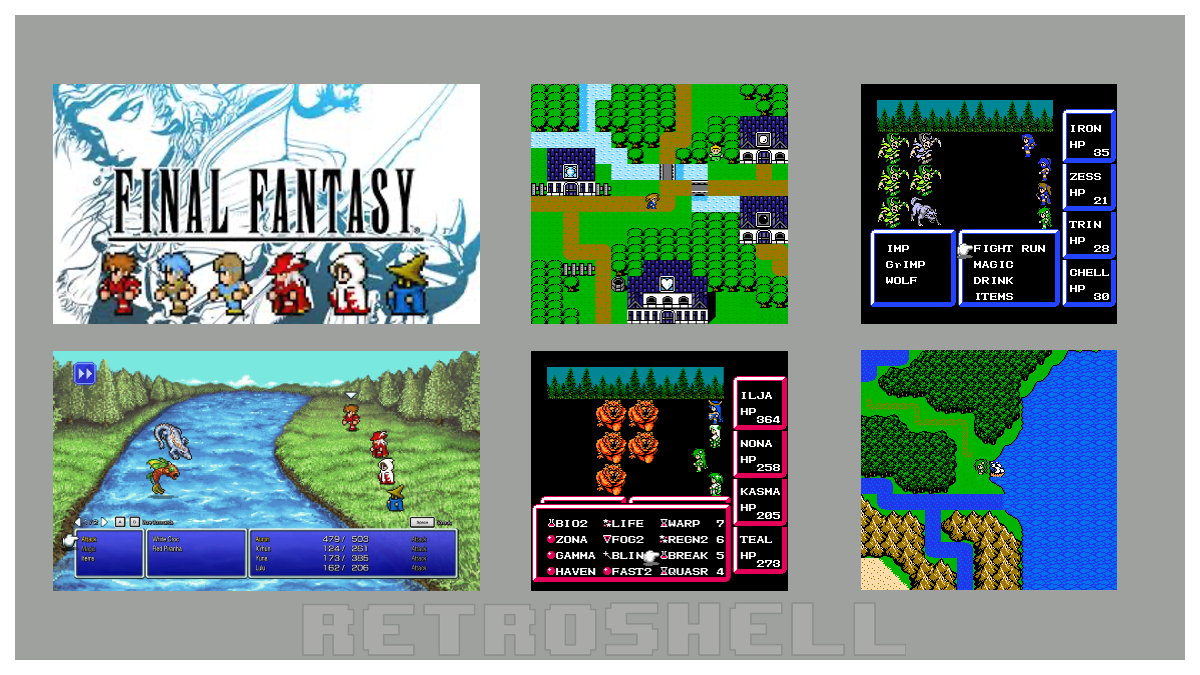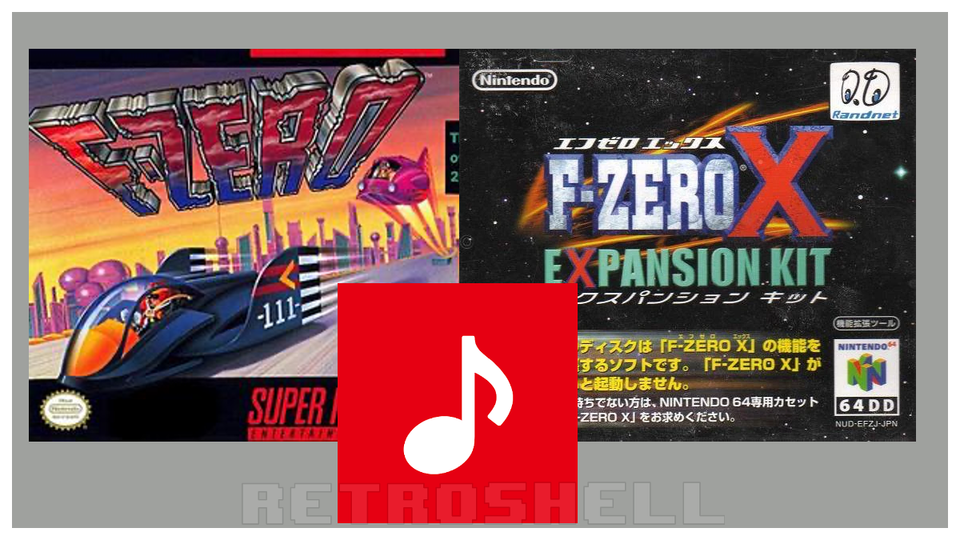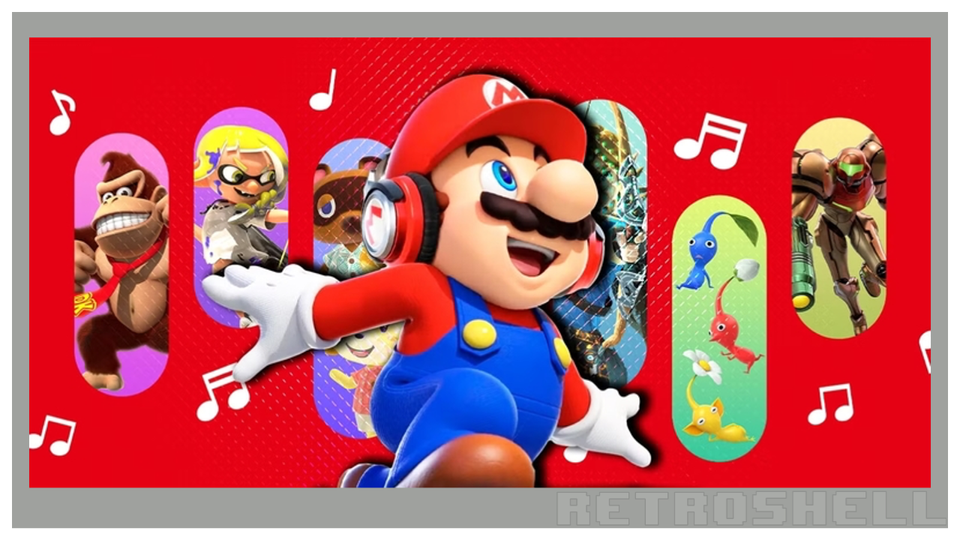Not Quite Identical: The Subtle Revisions Hidden Inside Super Mario Bros. 3 Cartridges
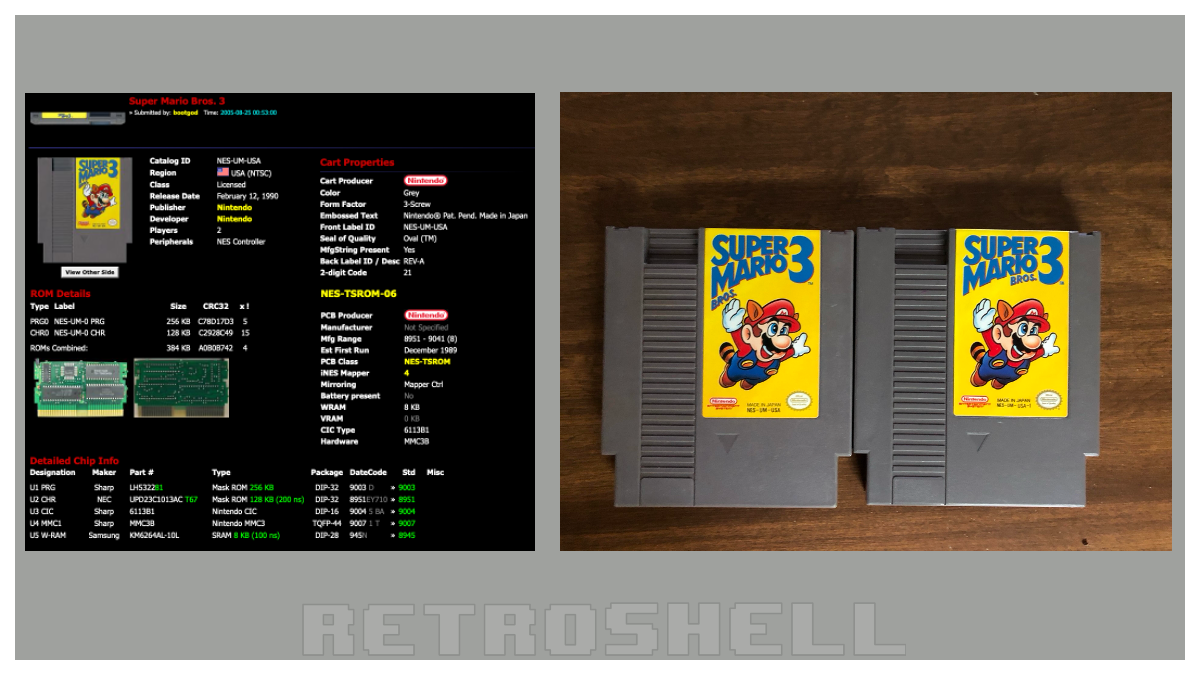
More Than Just a Label: Unpacking Mario 3's Cartridge Secrets.
Cast your mind back to early 1990. The hype surrounding Super Mario Bros. 3 for the Nintendo Entertainment System (NES) was palpable. Securing a copy upon its North American release on 12 February 1990 often involved frantic phone calls to retailers, hoping for stock. Yet, unbeknownst to many eagerly unwrapping their prize, not all cartridges were created equal. Look closely at two seemingly identical US carts, and you'll spot tiny discrepancies: the placement of "Brothers" beneath the title, a ™ versus an ® symbol near the Nintendo seal, and crucially, a small suffix on the label code – "NES-UM-USA" versus "NES-UM-USA-1". This "-1" signifies Revision 1, a tweaked version of the game released mere months after its debut.
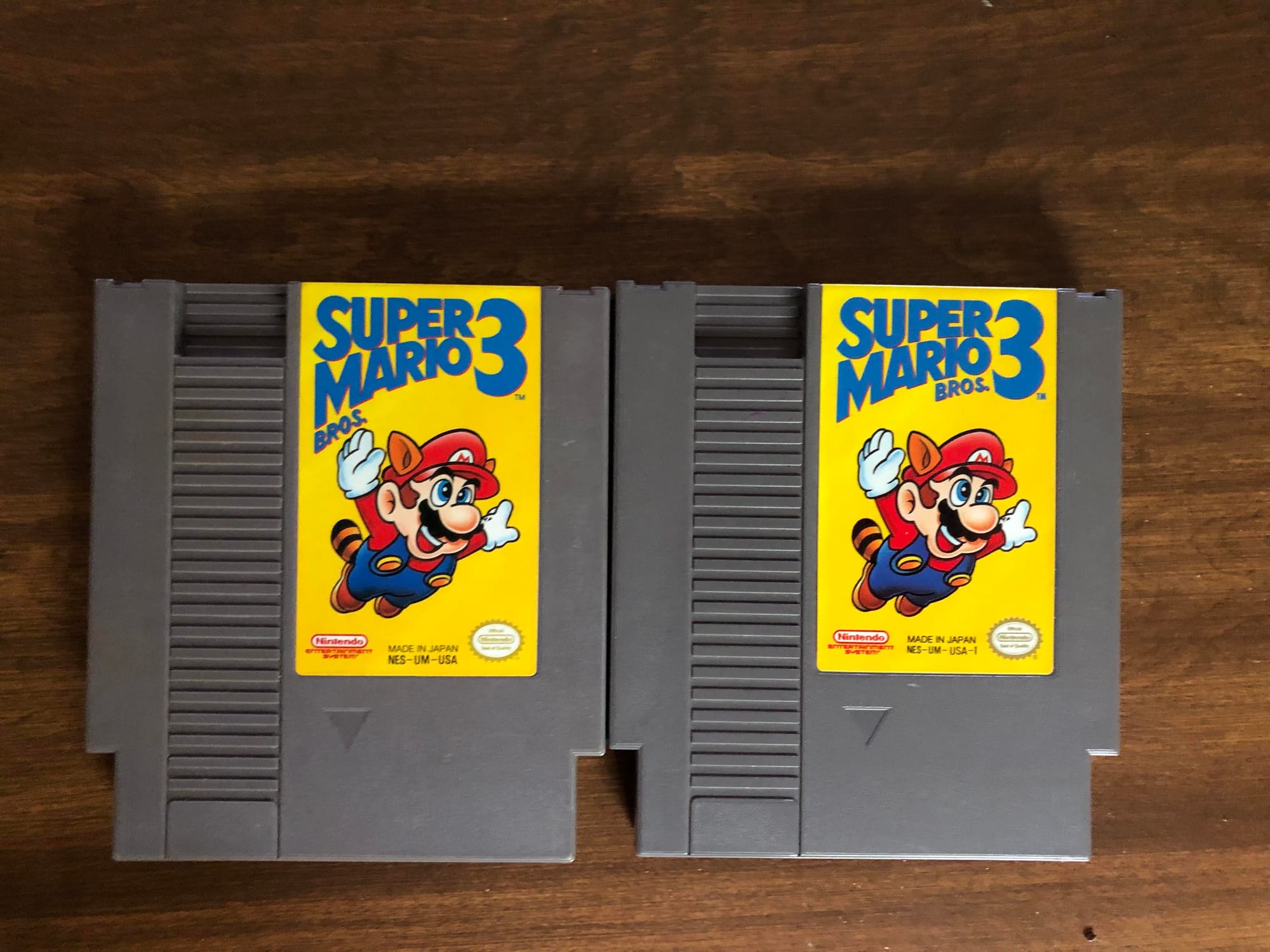
These revisions weren't just cosmetic. Delving into the game code reveals specific alterations, ranging from amusing localisation quirks to minor bug fixes. One of the most discussed changes involves the nomenclature surrounding a certain boot. In the initial release (Revision 0), after clearing World 2, the Princess sends a letter mentioning the ability to stomp enemies using "Kuribo's Shoe". Kuribo, being the original Japanese name for the common Goomba enemy. Revision 1 corrects this, changing the text to "Goomba's Shoe", accurately reflecting the creature found hopping within it in World 5-3. Curiously, this correction wasn't permanent; 1993's Super Mario All-Stars on the Super Nintendo (SNES) seemingly reverted to the Revision 0 script, bringing "Kuribo's Shoe" back. It wasn't until Super Mario Advance 4 on the Game Boy Advance (GBA) in 2003 that "Goomba's Shoe" made its definitive return in this context, albeit with the letter's placement shifted back to match the original Famicom version.
Another textual tweak addressed a slightly awkward instruction in the Spade Panel bonus game. Revision 0 bluntly stated, "Miss twice and you're out". Revision 1 smoothed this out to the clearer "You can only miss twice". Again, Super Mario All-Stars strangely favoured the original, less polished phrasing. Beyond these specific lines, the names given to the eight worlds upon completing the game also saw adjustments between revisions and even compared to Nintendo's own strategy guide, with names like "Desert Land" becoming "Desert Hill" (though the video mentions "Kupahari Desert" perhaps from the guide?) and "Pipe Land" changing to "Pipe Maze".
But when did Revision 1 actually appear? Analysis of the date codes stamped onto the ROM chips inside the cartridges provides clues. Revision 0 cartridges contain Program (PRG) and Character (CHR) ROMs manufactured from late 1989 into early 1990 (Week 52 '89 up to at least Week 10 '90, roughly early March). Revision 1 cartridges, however, show later dates. Data collated on sites like the NES Cart Database suggests the earliest known Rev 1 PRG ROM dates to Week 24 of 1990 (early June). This pinpoints the production shift to sometime between March and June 1990, meaning Revision 1 cartridges likely hit shop shelves in the summer of that year.
Perhaps the most technically intriguing change was a bug fix targeting World 7-1's vertically scrolling pipe section. In Revision 0, if Mario entered this area holding reserve item cards (earned from mini-games), those cards would bafflingly disappear from the status bar at the bottom of the screen. This occurred because the code responsible for drawing the card graphics mistakenly wrote them to the wrong memory address within the NES's video RAM (VRAM) during this specific vertical scrolling segment, effectively overwriting them with level background data. The code correctly rendered Mario or Luigi's initial ('M' or 'L'), lives, score, etc., to the correct status bar address, but the cards got misplaced. Revision 1 implemented a small code correction, ensuring the card graphics were drawn to the proper VRAM location, thus remaining visible. This fix required only seven bytes of new code, cleverly repurposed from unused space at the end of the ROM.
These variations offer a fascinating glimpse into game development and localisation during the pre-internet era, where updates meant manufacturing entirely new physical cartridges. So, next time you see a copy of Super Mario Bros. 3, check the label – you might just hold a slightly different piece of gaming history.
Full credit to Displaced Gamers for sharing these insights in the below video, if you like their work you can become a Patreon.
